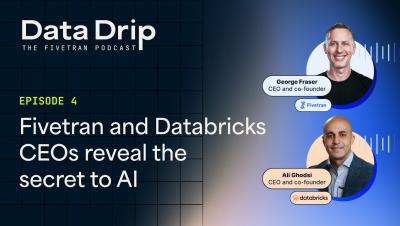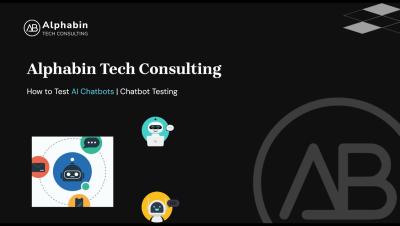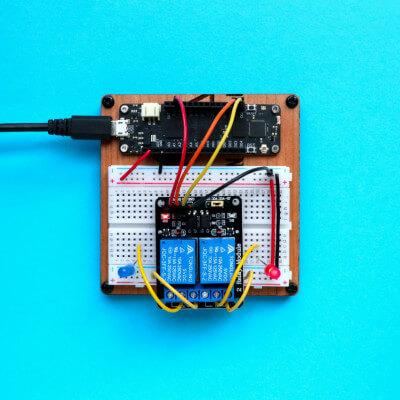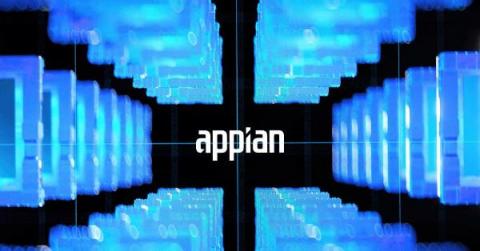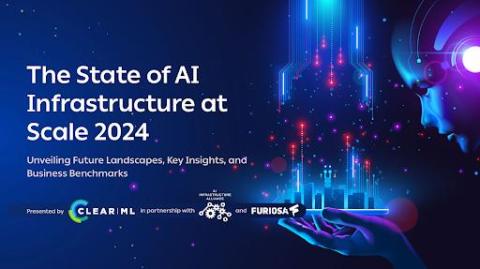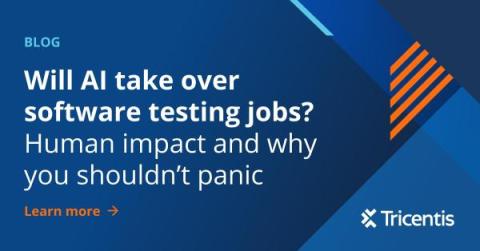Why You Need GPU Provisioning for GenAI
GPU as a Service (GPUaaS) serves as a cost-effective solution for organizations who need more GPUs for their ML and gen AI operations. By optimizing the use of existing resources, GPUaaS allows organizations to build and deploy their applications, without waiting for new hardware. In this blog post, we explain how GPUaaS as a service works, how it can close the GPU shortage gap, when to use GPUaaS and how it fits with gen AI.




